“Before [onco-dermatology] was created, skin toxicities, among other things, were one of the most common reasons that cancer-related therapies were stopped,” Allireza Alloo, MD, said in a recent interview with Cancer Network.
As patients…

“Before [onco-dermatology] was created, skin toxicities, among other things, were one of the most common reasons that cancer-related therapies were stopped,” Allireza Alloo, MD, said in a recent interview with Cancer Network.
As patients…
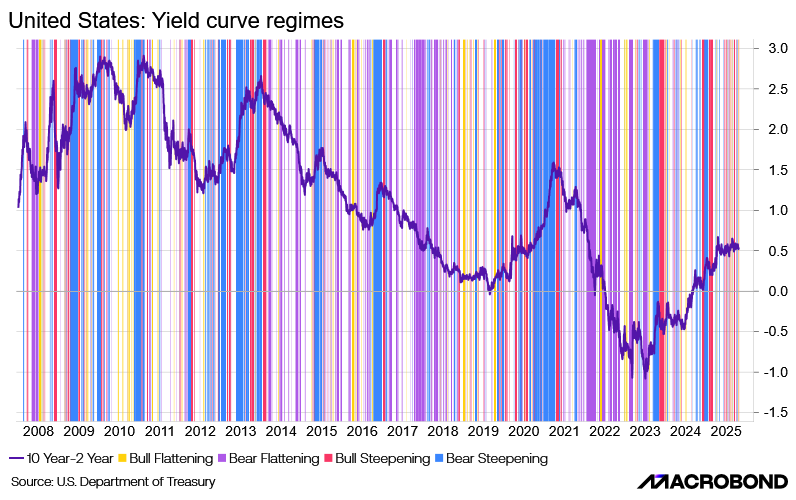
Explore this week’s Macro Trends insights from Macrobond with the first installment below.
The US government remains in shutdown, leaving markets with very limited access to official economic data. Still, there is broad expectation that the Fed will move ahead with a rate cut this week:
Markets brace for a Fed rate cut as the US data blackout leaves investors searching for signals.
Insights:
Markets are fully pricing a 25 bp rate cut, with attention shifting to forward guidance rather than the decision itself.
The Fed’s dot plot still signals a gradual easing path, while Fed funds futures expect a faster decline toward ~3% by 2026. That divergence will drive the market reaction.

Insights:
Stephen Miran was sworn in as a member of the Federal Reserve Board of Governors on September 16, 2025.
With Miran joining the FOMC, the dot plot took on a new shape — as he stood out as the only member projecting a Fed funds rate below 3%, signaling significant cuts.
The new Fed governor will likely attract extra attention, especially as discussions around Powell’s eventual successor gain momentum.
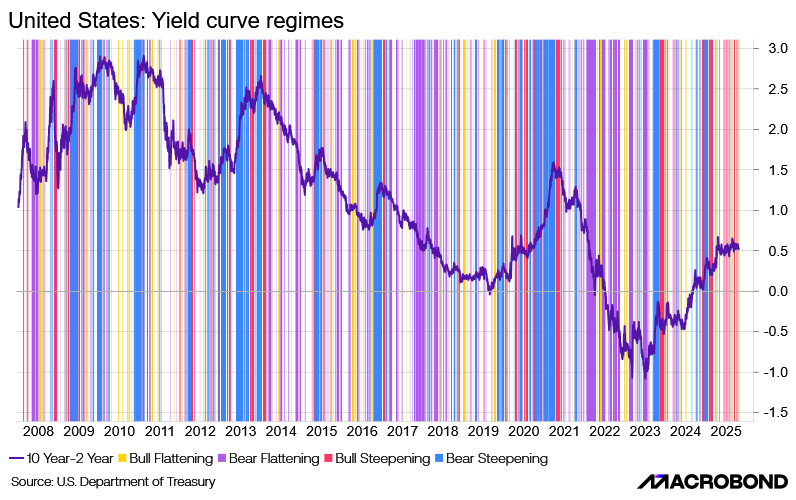
Insights:
The Federal Reserve is in a rate-cutting cycle, while Trump’s fiscal policies are pushing longer-term yields higher through expectations of larger deficits and increased Treasury issuance. This mix of monetary easing and fiscal expansion is steepening the yield curve.
A key debate now is whether the steepening will be bearish or bullish:
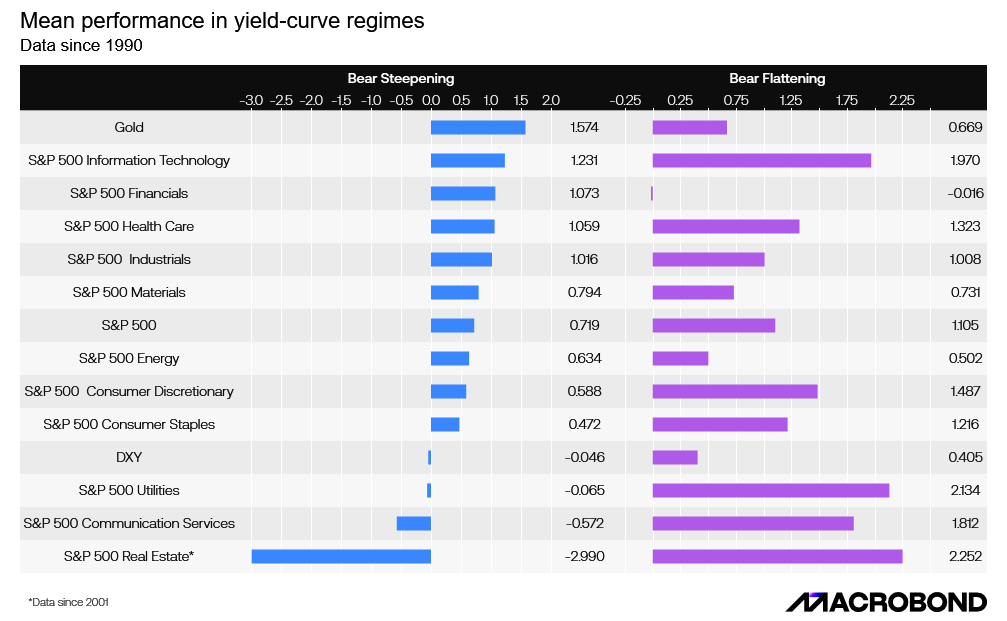
Insights:
The direction this steepening takes will be crucial for market positioning, as equity valuations and fixed-income returns tend to react very differently under bear versus bull steepening regimes.
In this chart, you can see the historical performance of various equity sectors, fixed income, and gold across these different yield-curve environments.
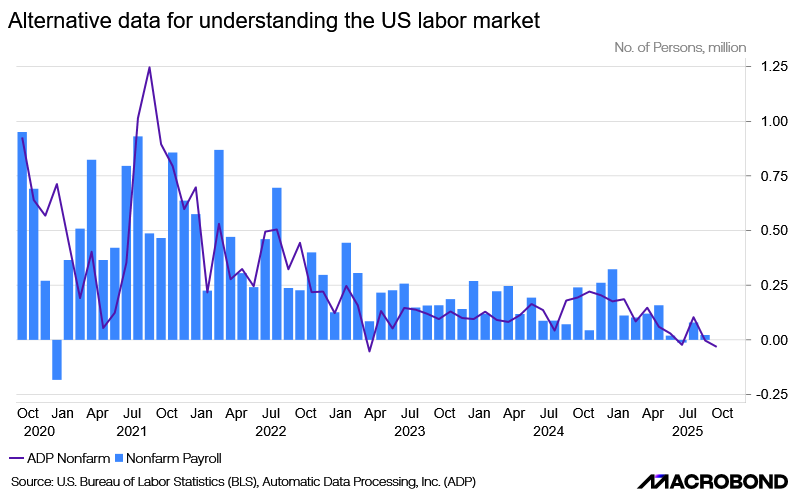
Insights
With the U.S. government shutdown halting operations at the Bureau of Labor Statistics (BLS), official labor market data — including the monthly Nonfarm Payrolls report — will not be released. This data blackout leaves policymakers and markets without one of their most important economic indicators. In the absence of BLS data, attention will turn to ADP’s private-sector employment report as a key alternative gauge of labor market momentum ahead of the Fed’s upcoming policy decisions.
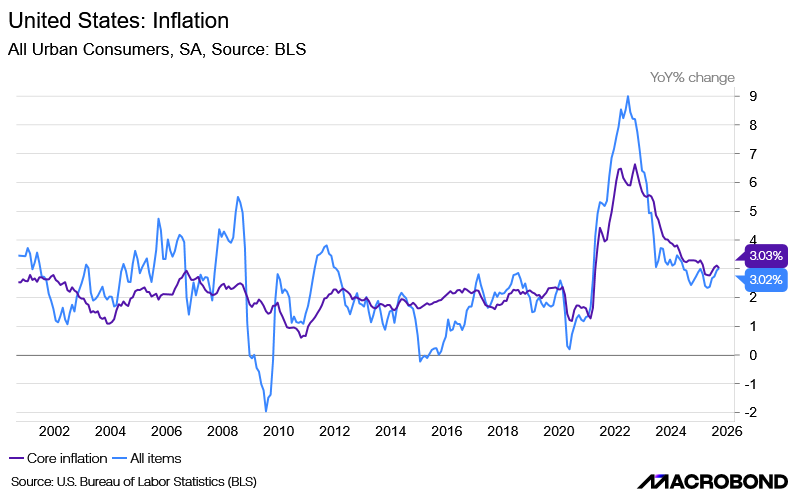
Insights
Last Friday, despite the ongoing government shutdown, markets received fresh economic data — the Consumer Price Index (CPI) for September.
The report showed that inflation remains stubbornly high at 3 percent, reinforcing concerns that price pressures are proving more persistent than the Federal Reserve had hoped.
This resilience in inflation is likely to weigh on the Fed’s upcoming policy discussions, as it complicates the path toward potential rate cuts and raises questions about how long restrictive monetary conditions will need to stay in place.

Subnautica 2 and PUBG publisher Krafton is positioning itself as an “AI-first company.”
The publisher said it would be “prioritizing AI as a central and primary means of problem-solving” and “fostering change in individuals and…

By sceditor on October 27, 2025 10:00 AM
HUNTINGTON BEACH, Calif. (October 27, 2025) – Players can save up to 90% on these and other Spike Chunsoft, Inc. titles from October 27 to November…


For the first time in seven years, Lily Allen is back with a new album. It’s intimate, raw and autofictional.
Last week, the “Smile” singer shared a 14-track breakup record, “West End Girl.” Amid her split with “Stranger Things”…

[This story contains spoilers for the first two episodes of Talamasca: The Secret Order.]
On Sunday, Anne Rice’s Immortal Universe expanded with the two-episode premiere of Talamasca: The Secret Order.
Following on the heels…

President Donald Trump’s tariffs are hitting toy giants Mattel and Hasbro as the critical holiday season nears. Still, both companies see a successful year end ahead.
“This quarter, our U.S. business was again challenged by industry-wide shifts in retailer ordering patterns,” CEO Ynon Kreiz said on Mattel’s recent earnings call. “That said, consumer demand for our products grew in every region, including in the U.S.”
During the most recent quarter, which ended Sept. 30, Mattel said sales slipped 6% globally, led by a 12% decline in North America. International sales rose 3%.
Some of the company’s top performing categories included Hot Wheels and action figures, primarily from the “Jurassic World,” Minecraft and WWE franchises.
Other Mattel brands saw a drop in sales, however, including Barbie and Fisher-Price.
With retail stores waiting until the last minute to assess the level of tariffs that would apply to their holiday orders, Kreiz said “since the beginning of the fourth quarter, orders from retailers in the U.S. have accelerated significantly.”
Retailers “expect strong demand for the holiday and they are restocking,” he added.
Meanwhile, rival toy giant Hasbro’s revenue jumped 8% in the quarter and it raised its financial guidance for the rest of the year.
Key drivers of that included “Peppa Pig” and Marvel franchise toys, as well as the Wizards of the Coast games.
Hasbro “managed tariff volatility with agility” and used price hikes to protect its margins, said Gina Goetter, the company’s chief financial officer and chief operating officer.
The company remains “firmly on track” to achieve its financial targets.
“As we calculate the various scenarios of where that absolute rates will play out, we’re really putting all of our levers to work,” she said on the company’s recent earnings call.
“From how we think about pricing, how we’re thinking about our product mix, how we’re thinking about our supply chain, and how we’re managing all of our operating expenses to mitigate and offset the impact” of tariffs, she said.
For its part, Hasbro also saw “softness” in the U.S. during the quarter due to retail chains waiting longer to place holiday orders, but said momentum is accelerating as the season gets underway.
In July, Mattel’s chief financial officer, Paul Ruh, said that the company was raising prices because of tariffs.
“We have implemented a variety of actions that will help us withstand some of those headwinds and those include … supply chain efficiencies and some pricing adjustments, particularly in the U.S.,” Ruh said on the company’s earnings conference call.
“So with that array of actions, we’re able to withstand some of the uncertainty that is mostly coming in the top line,” Ruh said. “Our goal is to keep prices as low as possible for our consumers.”
Still, Kreiz said that “consumers are buying our products and the toy industry is growing.”
He also said that consumers are taking price hikes in stride and those increases haven’t hurt demand: “We are not seeing any slowdown in consumer demand so far.”
Hasbro CEO Chris Cocks said the company has also raised some prices, but it was “pretty surgical” in what it chose to adjust.
“In terms of ongoing pricing, I think we just kind of have to see how the holiday goes and the consumer holds up,” he told analysts on the company’s earnings call.
Cocks also cautioned that there may be a two-tier economy forming, something other executives and economists have observed in recent months.
“Right now, I think it’s really kind of a tale of two consumers. The top 20%, particularly in the U.S., continue to spend pretty robustly,” he said. “The balance of households are watching their wallets a bit more.”
On Friday, the Labor Department released the latest consumer price index data, which showed that inflation is rising at a 3% annual pace, up from August’s 2.9%.
In May, Kreiz told CNBC that approximately half of the company’s toys were sourced from China.
Beijing has faced some of the steepest tariffs from Washington of any U.S. trade partner, as Trump has rolled out his disruptive trade agenda this year.
Mattel’s Ruh said the company continued to adjust its supply chains in response to shifting global tariff policies.
“We will be continuing to work with our retailers to make sure that the product is on the shelf,” he said.
At the same time, Hasbro’s Goetter said the company is diversifying its supply chains away from high-tariff countries.
“By 2026, we expect approximately 30% of our total Hasbro toy and game revenue will be sourced from China and 30% of our revenue will be based in the U.S., as we opportunistically lean into our U.S. manufacturing capacity,” she said.